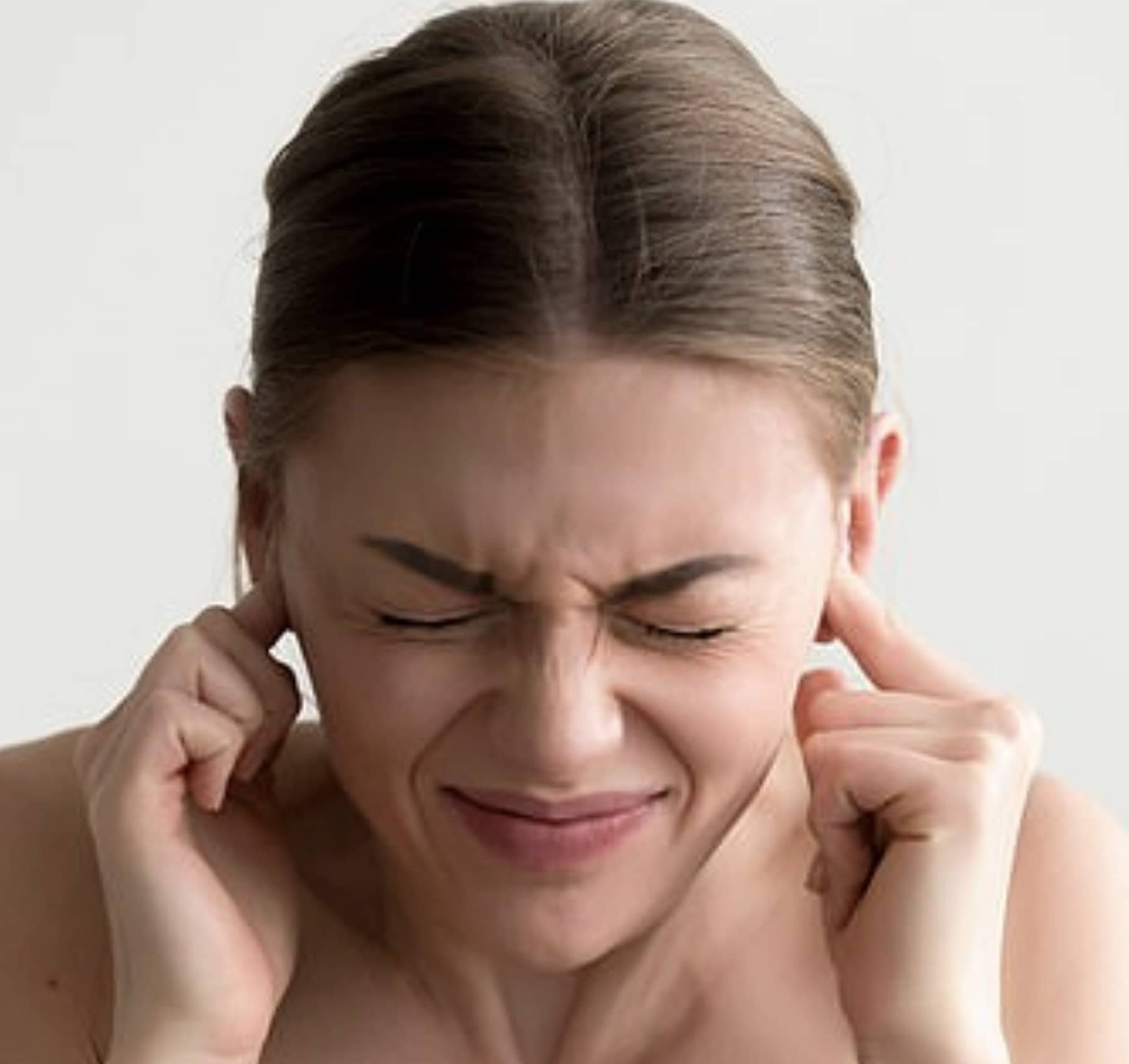Tinnitus: Symptoms and Treatments

Tinnitus is a condition that affects many people, characterized by a ringing or buzzing sensation in the ears. While there is no definitive cure for tinnitus, several techniques can help alleviate its symptoms. In this article, we will explore different treatment methods for tinnitus, from sound therapy to massage to relaxation techniques. Let’s dive in!
Sound Therapy
Sound therapy is a popular treatment for tinnitus that involves listening to external sounds that mask the tinnitus and help the patient relax, reducing their stress and anxiety. This therapy method is beneficial because it can help the patient focus on other sounds instead of the ringing or buzzing in their ears. White noise, for example, can be an effective sound therapy for tinnitus because it creates a continuous and calming background noise. Other sounds that you can try are nature sounds, like waves, rain, or birds chirping.
The effectiveness of sound therapy can vary depending on the individual, and it may take some time to see results. However, it is a safe and natural way to alleviate symptoms and can be combined with other techniques for the best results.
Massage Therapy
Tinnitus can be caused by tension in the neck and jaw muscles, so massaging these areas can help reduce the symptoms. Massage therapy can be beneficial for relaxing muscles and increasing blood flow, and it can be a simple and effective way to help manage tinnitus symptoms. If you don’t want to go to a professional massage therapist, a simple self-massage can be enough to relieve tension.
You can place your fingertips on the lower jaw and gently massage your jaw muscles in a circular motion. Another area to focus on is the neck. You can place your hands on either side of the neck and gently massage up and down in a circular motion. Remember not to press too hard and to be gentle, as the muscles in these areas are sensitive.
Pressure Points
Another technique to manage tinnitus symptoms is applying pressure to specific pressure points in the body. One point that can help alleviate tinnitus is the Tragus, which is the small cartilage in front of the ear canal. You can apply gentle pressure to this area for about 30 seconds, then release and repeat several times. This technique can help alter the sensation and provide some relief.
It is essential to seek professional help and undergo a complete evaluation to rule out any underlying ear or brain conditions before trying this technique.
Biofeedback and Relaxation Techniques
Biofeedback and relaxation techniques can help decrease stress and anxiety levels, which can contribute to tinnitus symptoms. Biofeedback uses sensors to monitor and provide information about the body’s physiological state, like heart rate and muscle tension. The goal is to help the patient control their body’s responses to stress, which can help manage tinnitus symptoms. Relaxation techniques like meditation, deep breathing exercises, and yoga can also be beneficial for reducing stress levels.
Conclusion
While tinnitus can be a frustrating and challenging condition to manage, there are several treatment methods that can help alleviate its symptoms. The key is to be patient and consistent with the recommended therapies. Remember to seek professional help and undergo a complete evaluation before trying any new technique. Lastly, supporting research, education, and global humanitarian efforts for tinnitus patients can make a significant impact. Consider donating to the House Institute Foundation to support these efforts.

